Change Facilitation
|
Field of application |
The Facilitating Change method can be used in various situations. It can be promoted to
|
|
Resume / Brief description
|
The Change Facilitation workshop starts with a self-assessment on the change characteristics of the participants before change processes are explained and key change promotion steps are provided. John Kotter´s 8 steps of change are then used to identify opportunities for promoting change processes in different situations. |
|
Target group
|
Students Lecturers Consultants Development agencies Businesses
|
|
Group size |
The Change Facilitation method is suitable for a maximum of 20 participants. |
|
Objectives |
|
|
Requirements
|
Material
Time
|
|
Implementation - Overview |
The activity is realised in 4 phases
|
|
Implementation - Guidelines
|
1. Self-assessment and reflection on change
As a first step, the facilitator reflects with the participants on two questions:
In a second step, the facilitator unfolds the following matrix on a pin board with the different types of characters. The facilitator puts the panel around and the participants can indicate with a marker in which area they would see themselves in regards to their openness for change.
2. Reflection on requirements for promoting change
The pin board is turned around again and the participants reflect on several questions. Answers are documented on cards. The questions are as follows:
Answers will be put on cards on the quadrant of the matrix.
3. Presentation of John Kotter's 8 steps to promote change
Very often, there is resistance to change, which has to be anticipated.
The illustration below demonstrates that there are concrete interventions necessary to promote change. Source: Mesopartner
John Kotter´s 8-steps is a well-defined process to promote change. In the workshop these 8 steps are presented to the participants.
Source: https://cio-wiki.org/wiki/images/6/65/Kotters_Change_Model.png
4. Reflection on ways to promote change along the 8-step approach
For each of Kotter´s change steps the participants reflect on concrete activities that can be promoted to realise these steps. Participants can also divide into four groups to reflect on at least two change steps.
A final presentation of results on the second pin board provides good entry points for the change to be promoted. |
|
Example of application: |
Description of the context
Mesopartner provided training on Change Facilitation in local economic development processes to students from Central Asia. It was a capacity-building initiative on the topic of change facilitation (see some students below presenting results).
Starting point: Self-assessment after introduction
The facilitator presented the matrix and the participants made a self-assessment. The results of the self-assessment were very diverse and created a good opportunity for reflection.
Reflection on possible reasons for change behaviour
In a second round, the students reflected on questions regarding
Answers were written on cards and put on the quadrant of the matrix.
Some examples of results include:
Presentation of Kotter´s steps of change and reflection on possible activities
The results of the reflection on possible activities can also be documented in an action plan. It provides concrete starting points. |
|
Templates, graphics for download |
A handout on change facilitation (from Mesopartner) is available at: Handout Change.pdf |
|
Additional format/ references
|
Reading
|

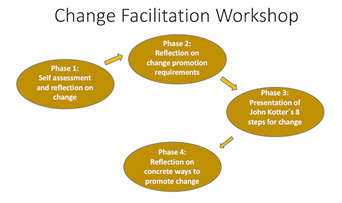
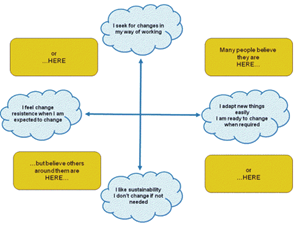
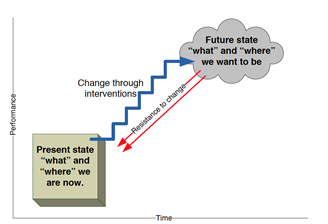
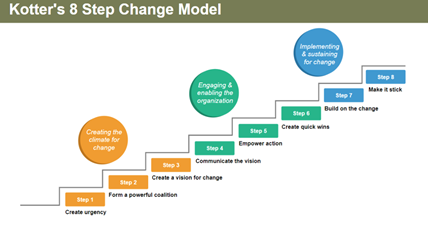
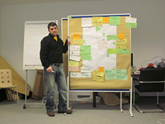
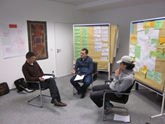
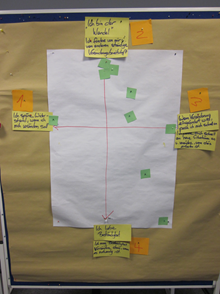
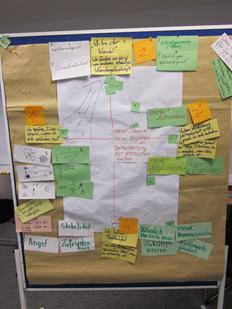
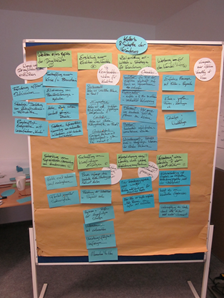
No Comments